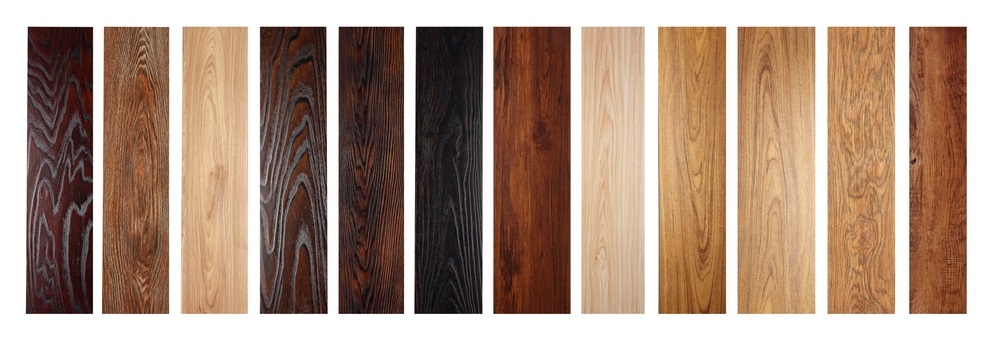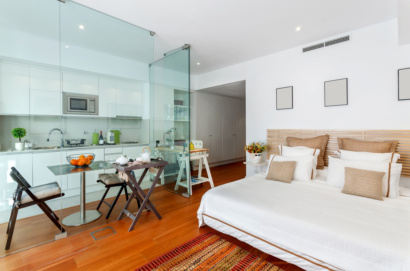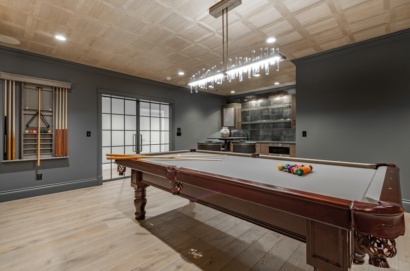When it comes to hardwood flooring, oak and maple are undeniably popular choices. However, if you’re seeking something unique, durable, and full of character for your home, it’s time to venture beyond the familiar. Exotic hardwood species offer a world of possibilities that can elevate your interior design and bring a touch of the extraordinary to your space. In this guide, we will introduce you to some lesser-known exotic hardwood species that are perfect for flooring, delve into their unique properties, discuss durability, and explore how to approach sanding and refinishing them.
The Appeal of Exotic Hardwood Species
Exotic hardwood species are prized for their distinctive colors, grain patterns, and durability. These woods often come from tropical regions and are known for their resilience and resistance to pests and decay. What sets them apart are their uncommon features, making them excellent choices for those who want to make a bold statement with their flooring.
1. Unique Aesthetics: Exotic hardwoods offer an array of colors and grain patterns that can range from subtle and elegant to bold and eye-catching. Each species has its own character, ensuring that your flooring will be one of a kind.
2. Durability: Many exotic hardwoods are exceptionally durable and can withstand heavy foot traffic, making them ideal for high-traffic areas in your home.
3. Resilience: These woods often thrive in challenging environments, which translates to resilience when used in flooring. They are resistant to moisture, decay, and pests, ensuring a long lifespan.
Lesser-Known Exotic Hardwood Species for Flooring
Now, let’s take a closer look at some exotic hardwood species that are excellent choices for flooring:
1. Brazilian Cherry (Jatoba)
- Color: Rich reddish-brown with dark streaks.
- Characteristics: Known for its strength and durability, Jatoba is resistant to scratches and dents.
- Unique Feature: Deep color that darkens over time, adding to its charm.
2. Tigerwood (Goncalo Alves)
- Color: Distinctive orange-brown background with dark, irregular stripes.
- Characteristics: Hard and dense with a unique appearance.
- Unique Feature: Striking visual appeal that resembles the coat of a tiger.
3. Santos Mahogany
- Color: Deep reddish-brown to purplish-brown.
- Characteristics: Extremely hard and resistant to wear.
- Unique Feature: Rich color that deepens with age, adding elegance to your space.
4. Bubinga
- Color: Pink to red-brown with purple veining.
- Characteristics: Dense and strong, resistant to both wear and decay.
- Unique Feature: Stunning grain patterns and a rosy hue that matures gracefully.
5. African Teak (Iroko)
- Color: Light to medium brown.
- Characteristics: Hard and durable, with a coarse texture.
- Unique Feature: Resembles teak in appearance but is more affordable and readily available.
Sanding and Refinishing Exotic Hardwood Floors
Sanding and refinishing exotic hardwood floors require careful planning and execution to ensure the wood’s unique character is preserved. Here’s how to approach this process:
1. Assessment: Begin by assessing the condition of your exotic hardwood floors. Identify scratches, gouges, and areas of wear that need attention.
2. Sanding: Use a floor sander with a gentle touch. Exotic hardwoods are often denser than domestic species, so it’s essential to avoid over-sanding, which can lead to unevenness or damage to the wood. Start with a coarse grit sandpaper and gradually move to finer grits.
3. Sanding Direction: Always sand in the direction of the wood grain to minimize visible scratches.
4. Finishing: Choose a finish that complements the unique characteristics of your exotic hardwood. Oil-based finishes can enhance the wood’s natural color and grain patterns, while water-based finishes offer a clear, low-odor option.
5. Testing: Before applying the finish to the entire floor, test it in an inconspicuous area to ensure it achieves the desired look.
6. Application: Apply the finish evenly, following the manufacturer’s instructions. Be patient, and allow each coat to dry completely before applying the next. Sand lightly between coats to achieve a smooth finish.
7. Maintenance: Exotic hardwood floors require regular maintenance to keep them looking their best. Sweep or vacuum regularly, use rugs or runners in high-traffic areas, and clean up spills promptly.
Caring for Your Exotic Hardwood Floors
To ensure your exotic hardwood floors maintain their beauty and durability over the years, consider these care tips:
1. Avoid Direct Sunlight: Exotic hardwoods can darken or change color over time when exposed to direct sunlight. Use window treatments to protect your floors from prolonged UV exposure.
2. Use Protective Pads: Place felt or rubber pads under furniture legs to prevent scratches and dents.
3. Regular Cleaning: Clean your floors with a damp, not wet, mop and a hardwood floor cleaner recommended by the manufacturer.
4. Temperature and Humidity: Maintain stable temperature and humidity levels in your home to prevent wood expansion and contraction.
5. Rugs and Mats: Use area rugs and mats at entrances to collect dirt and moisture from shoes.
In Conclusion
While oak and maple remain timeless choices for hardwood flooring, exploring exotic hardwood species opens up a world of possibilities for your home. These lesser-known woods offer unique aesthetics, exceptional durability, and resistance to wear and tear. When it comes to sanding and refinishing, exercise care to preserve their distinctive character.
Exotic hardwood floors not only add beauty to your home but also tell a story of their own, connecting your space to distant lands and unique environments. Embrace the extraordinary, and let the natural charm of exotic hardwood species transform your home’s interior into a work of art.




